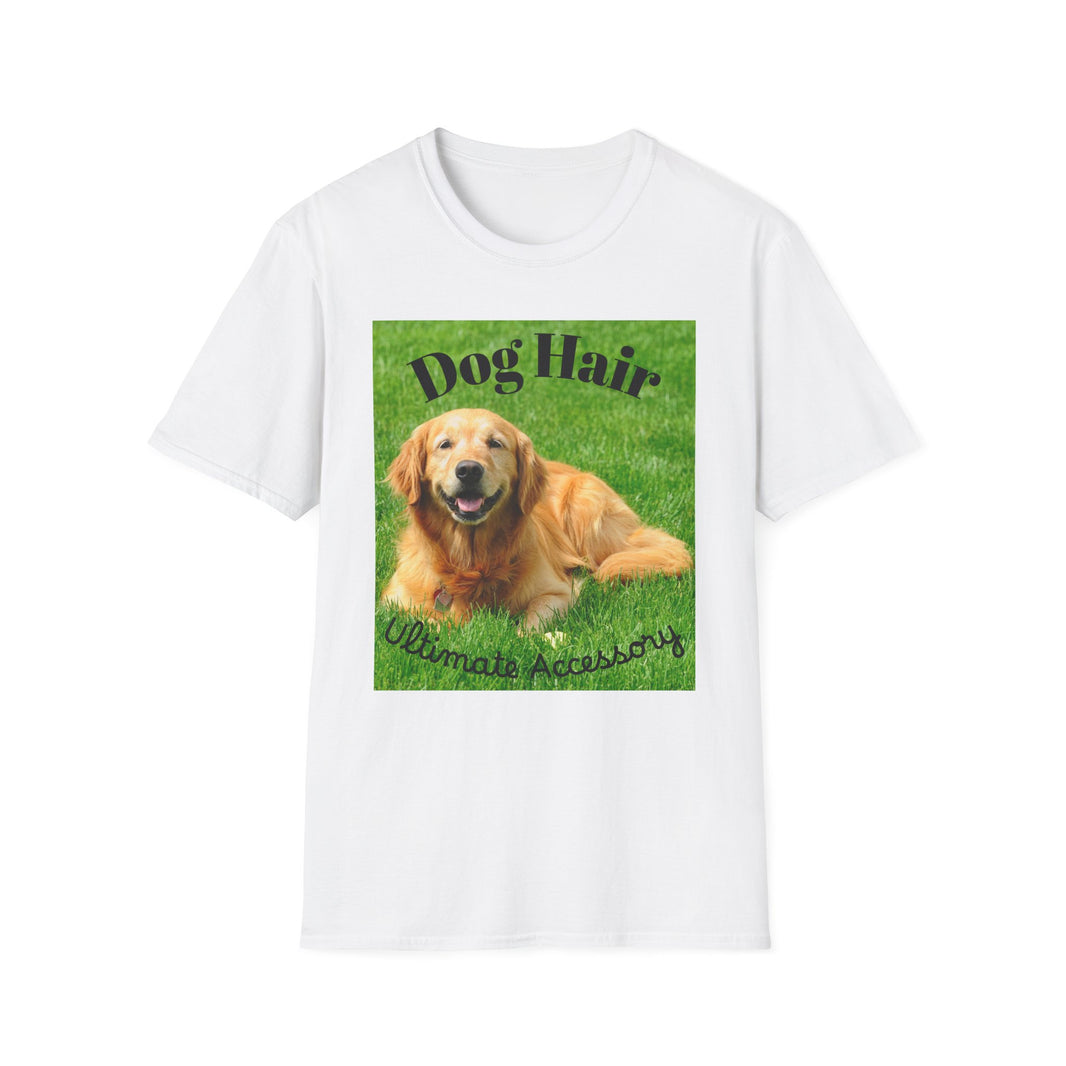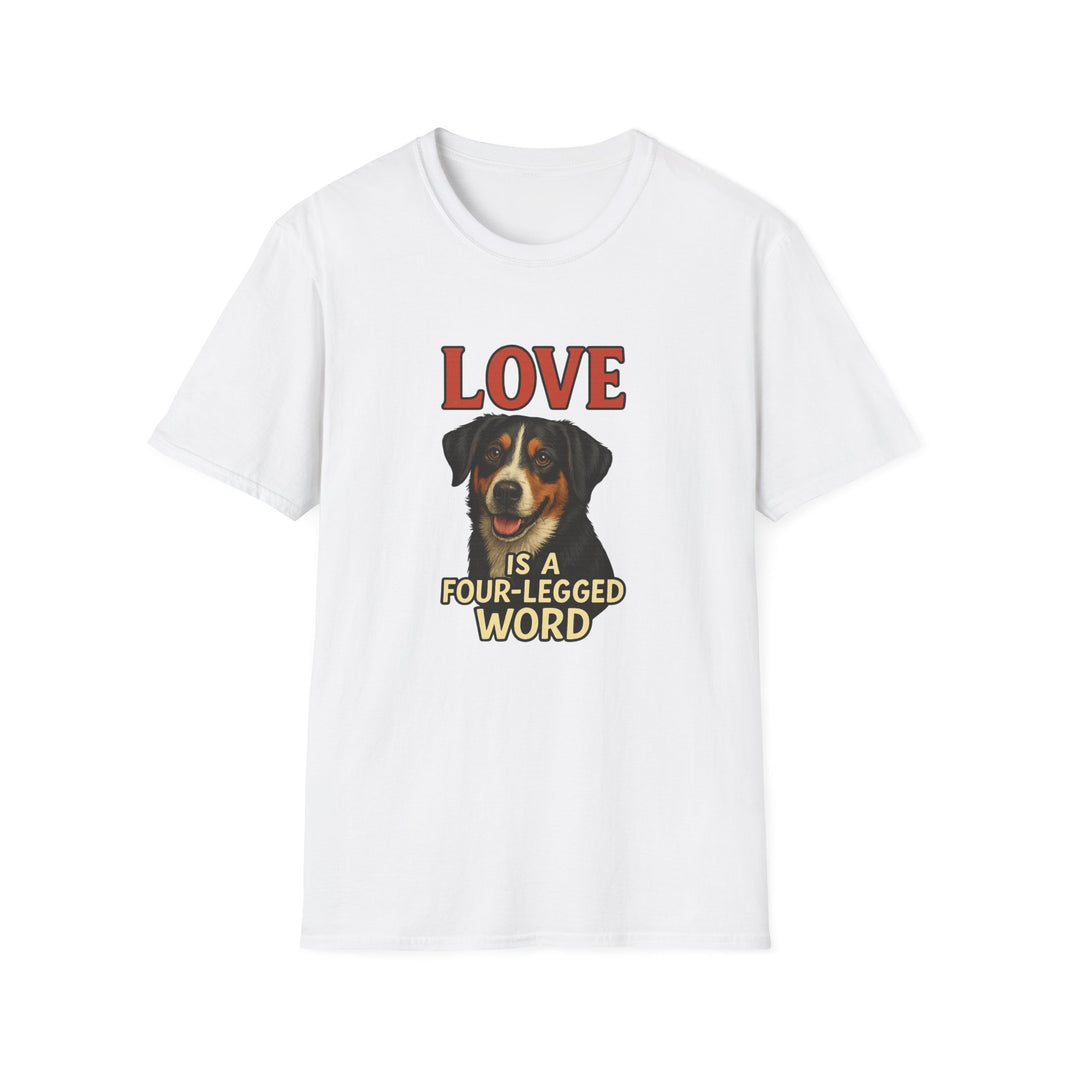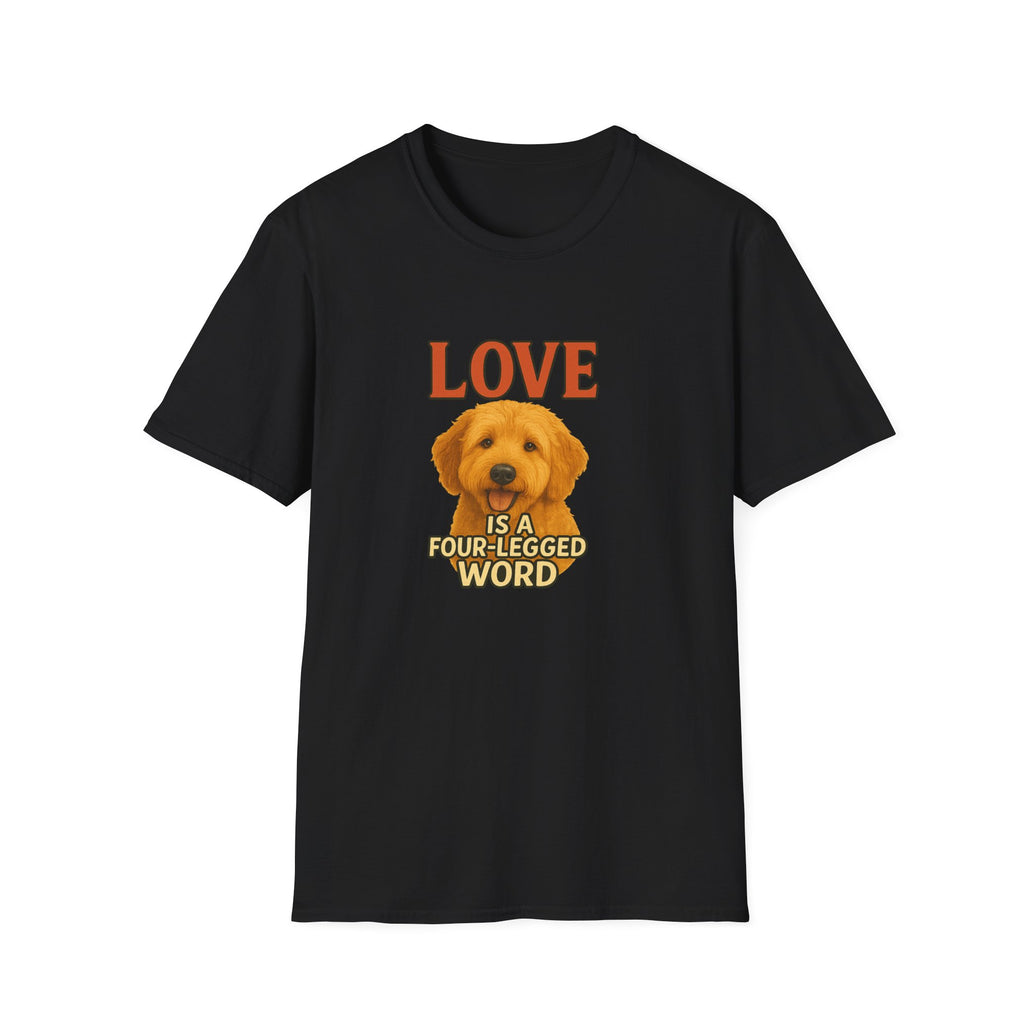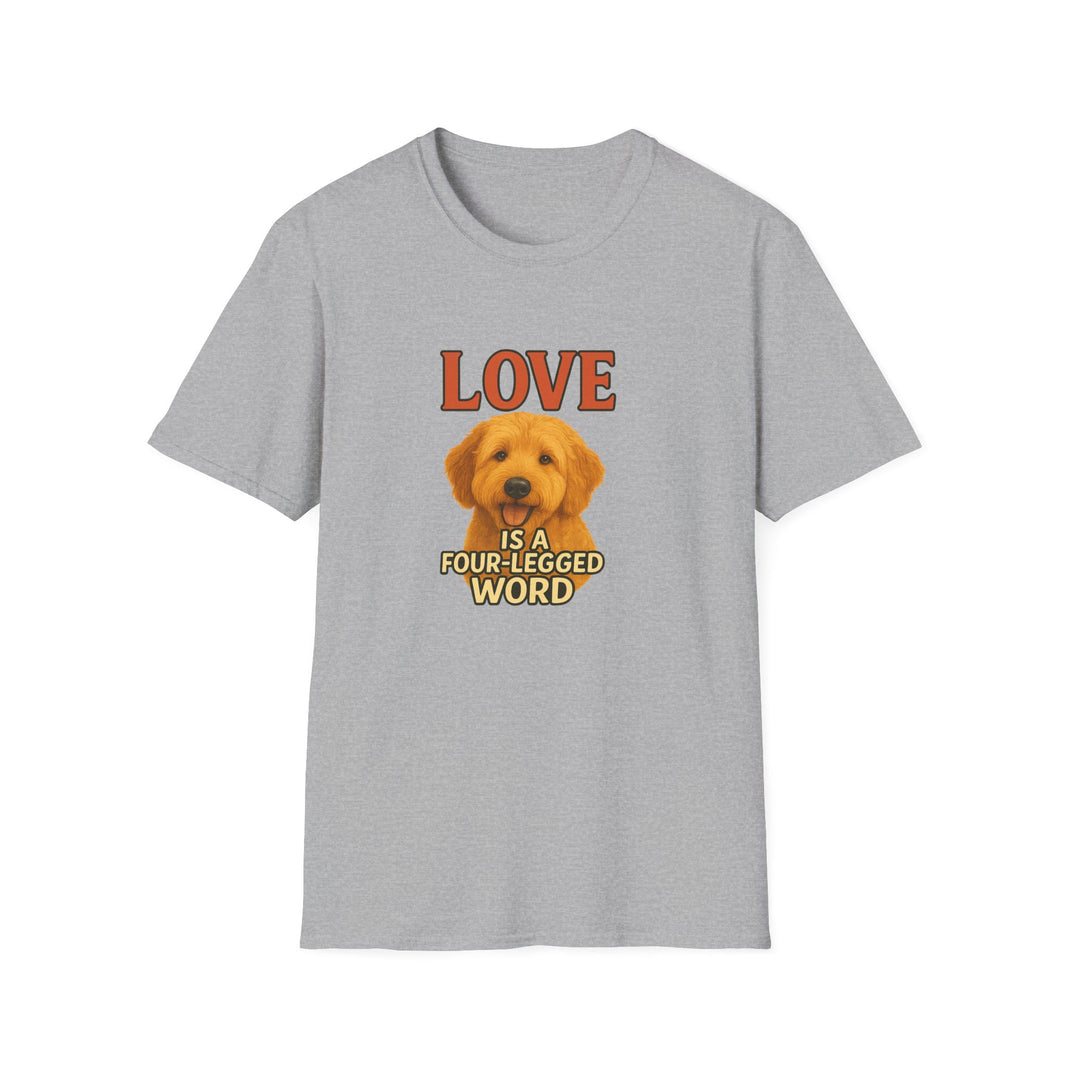Your One-Stop Shop for Everyday Essentials & Unique Finds
Essential Cold Weather Gear for Kayaking: Stay Warm and Safe on the Water
Kayaking in cold weather can be an amazing experience, but it comes with its challenges. Staying warm and safe on the water isn’t just about comfort—it’s about survival. The right gear can make all the difference, whether you’re paddling through icy lakes or braving chilly ocean waves. Here’s a breakdown of the essentials you need to stay warm, dry, and safe when kayaking in colder conditions.
Key Takeaways
- Layering is key: Start with moisture-wicking base layers, add insulating mid-layers, and finish with waterproof outer layers.
- A drysuit is your best friend for winter kayaking, offering unmatched protection from cold water immersion.
- Don’t forget your extremities: Gloves, warm headgear, and neoprene booties can save your hands, feet, and head from freezing.
- Always wear a PFD (personal flotation device)—it’s not just for safety but also adds a layer of warmth.
- Test your gear before hitting the water to ensure it fits well and performs as expected.
Layering Basics for Cold Weather Kayaking

Choosing the Right Base Layers
When it comes to staying warm on the water, your base layer is everything. This is the layer that sits closest to your skin, so it needs to wick away moisture while keeping you warm. Avoid cotton at all costs—it absorbs water and will leave you freezing. Instead, go for synthetic fabrics or merino wool. A long-sleeve top and leggings made from these materials are perfect. Look for brands like Smartwool or Patagonia for reliable options.
Mid-Layers for Added Warmth
Your mid-layer is all about insulation. Fleece is a solid choice—it’s lightweight and traps heat effectively. If you're paddling in seriously cold conditions, consider a synthetic puffy jacket as your mid-layer. Synthetic materials are better than down for kayaking because they’ll still keep you warm if they get a little wet. Adjust your mid-layer based on how hard you’ll be paddling; more effort means you might need less insulation.
Outer Layers to Shield Against the Elements
The outer layer is your shield against wind, rain, and splashes. A drysuit is ideal for kayaking in cold weather because it’s waterproof and windproof. If a drysuit isn’t an option, a waterproof paddling jacket can also do the trick. Just make sure it’s breathable so you don’t overheat. Remember, your outer layer is your first line of defense, so don’t skimp on quality.
Essential Immersion Wear for Safety
When to Choose a Wetsuit
Wetsuits are a decent option for cold water kayaking, but only in certain conditions. They work by trapping a thin layer of water between your skin and the suit, which your body then warms. This makes them effective for short durations in moderately cold water—think temperatures above 50°F. However, for winter kayaking, a wetsuit alone might not cut it. If you're paddling in icy waters, the protection it offers won't be enough to stave off hypothermia. Wetsuits are best when paired with other layers, or for those quick outings where you're unlikely to capsize.
Why a Drysuit is a Winter Must-Have
A drysuit is your best friend for winter kayaking. Unlike a wetsuit, it keeps you completely dry, which is critical in freezing conditions. Drysuits are designed with watertight seals at the neck, wrists, and ankles, so no water gets in even if you take an unexpected swim. Yes, they’re pricey, but think of it as an investment in your safety. The peace of mind knowing you're protected from cold shock and hypothermia? Priceless.
Layering Under Your Drysuit
Even with a drysuit, you’ll need to layer properly underneath. Start with a moisture-wicking base layer to keep sweat off your skin. Add a mid-layer made of fleece or another insulating material for warmth. Avoid cotton—it holds onto moisture and will leave you freezing. The goal is to trap heat without restricting your movement. Test your layering system before heading out to make sure it’s comfortable and effective.
Protecting Your Extremities on the Water
Keeping Your Hands Warm with Gloves or Pogies
Your hands are constantly exposed to wind, water, and cold air while kayaking, making them particularly vulnerable. Without proper protection, cold hands can quickly become useless, endangering your ability to paddle or perform rescues. You’ve got two main options: neoprene gloves or pogies.
- Neoprene gloves are snug and insulating, keeping your fingers warm even when wet. However, they can sometimes make gripping the paddle feel a bit awkward.
- Pogies attach directly to the paddle shaft, allowing your bare hands to grip while staying shielded from the cold. They’re quick to slip in and out of but might not hold heat as effectively as gloves.
If you’re unsure, try both options to see what works best for you. Remember, gloves that are too tight can restrict circulation, so aim for a comfortable fit.
Headgear for Cold Weather Paddling
Your head can lose a lot of heat, especially when it’s exposed to cold wind and spray. A snug beanie under your helmet or a neoprene hood can make a world of difference. For extra protection, consider hats with waterproof materials that repel water while holding in warmth. Some paddlers even use earplugs to prevent cold water from rushing into their ears, which can cause vertigo or discomfort.
Staying warm isn’t just about comfort—it’s about maintaining focus and safety on the water.
Footwear to Keep Your Feet Dry and Warm
Cold feet can ruin a kayaking trip faster than you’d think. Neoprene paddling booties are a popular choice because they’re lightweight, water-resistant, and designed for paddling. For colder outings, layer with thick, non-cotton socks inside your booties or opt for waterproof socks. Make sure your footwear fits well without cutting off circulation, especially if you’re wearing socks and a drysuit footie. Avoid sandals or anything without a back strap—they’re more likely to slip off or let in cold water.
Protecting your extremities is all about planning for the worst and hoping for the best. The right gear can turn a freezing day on the water into an adventure you’ll actually enjoy.
The Role of PFDs in Cold Weather Kayaking
Why a PFD is Non-Negotiable
A Personal Flotation Device (PFD) is more than just a safety item—it’s your lifeline when kayaking in cold weather. Wearing a PFD is non-negotiable because it keeps you afloat if you capsize, which is especially critical in cold water where swimming becomes difficult fast. Beyond flotation, a well-fitted PFD provides a bit of extra insulation, helping to retain your core body heat. Remember, cold water can shock your system, so having that extra buoyancy can buy you the precious seconds you need to recover.
Pro tip: Always double-check that your PFD is snug but comfortable. A loose PFD won’t perform as effectively when you need it most.
Choosing the Right PFD for Winter
Not all PFDs are created equal, and for winter kayaking, you’ll want one that balances warmth and mobility. Here’s what to look for:
- Fit: It should be snug but not restrictive. Test it while wearing your cold-weather layers to ensure it fits properly.
- Material: Opt for durable, water-resistant fabrics that don’t soak up water.
- Features: Look for pockets to store small essentials like emergency whistles or hand warmers.
Some paddlers swear by low-profile models like the Astral or NRS Ninja PFDs, which provide excellent mobility without sacrificing safety.
How PFDs Enhance Thermal Protection
While a PFD’s primary job is to keep you afloat, it also contributes to keeping you warm. The foam material traps a thin layer of insulating air, which can help reduce heat loss. This might not seem like much, but in icy waters, every bit of warmth counts. Pair your PFD with a drysuit for maximum protection against the elements.
Finally, don’t underestimate the psychological comfort a good PFD provides. Knowing you’re prepared for unexpected situations can make your kayaking experience more enjoyable and less stressful.
Tips for Staying Comfortable and Safe
Avoiding Overheating While Layering
Layering is key for staying warm, but it’s a balancing act. Wear moisture-wicking base layers to keep sweat off your skin, and choose breathable mid-layers like fleece to trap warmth without overheating. Outer layers should be waterproof and windproof but allow some ventilation. Avoid cotton at all costs—it traps moisture and makes you colder. Adjust layers as needed; too warm can be just as bad as too cold when it comes to comfort.
Field-Testing Your Gear Before Paddling
Before heading out, take your gear for a test run. This doesn’t mean just trying it on at home. Get in the water, practice paddling, and even simulate a capsize if you’re feeling brave. This will help you identify any issues, like restrictive clothing or leaky seams. Plus, you’ll get a feel for how your gear performs under real conditions. Think of it as a dress rehearsal for your adventure.
Planning for Unexpected Capsizes
Capsizing is always a possibility, especially in cold weather. Be ready by packing essentials like a dry bag with spare clothes and a space blanket. Practice self-rescue techniques so you can get back in your kayak quickly. Keep a buddy nearby for added safety. Preparation isn’t just smart—it can make the difference between a minor hiccup and a major problem.
Staying comfortable and safe on the water is all about preparation. From layering to field-testing, every step you take before hitting the water makes your adventure smoother and more enjoyable.
Understanding the Risks of Cold Water Immersion
The Dangers of Cold Shock
Cold shock is no joke. The moment you hit icy water, your body reacts instantly. You gasp for air, your heart races, and you might even hyperventilate. This initial reaction can be deadly if you inhale water instead of air. Even strong swimmers are at risk. The key here is to stay calm (easier said than done) and focus on controlling your breathing. Remember, the first minute is the hardest, but you can get through it.
How Hypothermia Can Set In Quickly
Hypothermia doesn’t waste time, especially in water below 50°F. Your body loses heat 25 times faster in water than in air. After just 10 to 15 minutes, your muscles might stop working properly, making it hard to swim or even stay afloat. Here’s a quick breakdown of what happens:
| Water Temperature (°F) | Expected Time Until Exhaustion/Unconsciousness |
|---|---|
| 32.5° (Freezing) | Under 15 minutes |
| 40° | 15-30 minutes |
| 50° | 30-60 minutes |
| 60° | 1-2 hours |
Staying warm and dry is your best defense. That’s why dressing for the water temperature—not just the air—is so important.
Why Dressing for Immersion is Critical
Here’s the deal: you don’t plan to fall in, but you have to be ready if you do. A wetsuit or drysuit isn’t just gear; it’s your lifeline. Thermal protection buys you precious time to get back in your kayak or wait for rescue. Without it, your chances of surviving a cold-water plunge drop dramatically. Think of it as insurance—you hope you won’t need it, but you’ll be glad you have it if things go south.
Cold water immersion is a race against time. The better prepared you are, the more time you’ll have to react and recover.
Additional Accessories for Cold Weather Kayaking
The Importance of Waterproof Bags
Waterproof bags are a lifesaver when you're out on the water. Whether it's your phone, snacks, or an extra layer, keeping your gear dry is non-negotiable. Look for roll-top dry bags; they're simple to use and reliable. A variety of sizes can cover all your needs, from small bags for essentials to larger ones for spare clothes. Bonus tip: pack your items in smaller bags within a larger one to stay organized.
Using Glasses Retainers to Prevent Loss
If you wear glasses or sunglasses, a retainer strap can be your best friend. Losing your eyewear to the water is all too easy when you're paddling or adjusting your gear. Opt for a retainer that's made of quick-drying material and has a snug fit. Some even float, which is an added perk. Trust me, you don’t want to squint your way through a foggy, cold paddle.
Space Blankets for Emergency Warmth
Space blankets might seem like overkill, but they can be a game changer in an emergency. These lightweight, compact sheets reflect your body heat and can help stave off hypothermia if you're stranded or wet. Keep one tucked into your dry bag—you’ll hardly notice it’s there until you need it. Think of it as a tiny insurance policy for your safety.
Cold weather kayaking is all about preparation. The right accessories can make the difference between a fun adventure and a miserable day. Don't skimp on the small stuff—it often matters the most.
Wrapping It Up: Stay Warm, Stay Safe
Alright, so here's the deal: kayaking in cold weather can be an awesome adventure, but only if you're geared up right. The key is to dress for the water, not the air, and always think about what happens if you end up taking an unexpected swim. A good drysuit, some solid layers, and the right accessories for your hands, feet, and head can make all the difference. And don't forget your PFD—it’s non-negotiable. Test your gear, know your limits, and plan ahead. With the right prep, you can paddle through the chill and still have a blast out there. Stay warm, stay safe, and happy paddling!
Frequently Asked Questions
What should I wear as a base layer for cold weather kayaking?
For a base layer, avoid cotton since it loses warmth when wet. Instead, opt for synthetic or wool materials that keep you warm and wick moisture away from your skin.
When should I choose a drysuit over a wetsuit?
A drysuit is ideal for colder conditions, especially when air and water temperatures are below 50°F. It keeps you completely dry and allows for layering underneath for added warmth.
How can I keep my hands warm while kayaking in the cold?
You can use neoprene gloves or pogies. Gloves provide insulation but might feel wet, while pogies attach to the paddle and allow direct hand contact with the paddle shaft.
Why is wearing a PFD important in cold weather kayaking?
A PFD, or personal flotation device, is essential because it keeps you afloat and provides some insulation. It’s especially critical in cold water to prevent drowning or hypothermia.
What footwear is best for keeping feet warm and dry?
Neoprene paddling booties are great for warmth and protection. For extra cold conditions, consider waterproof socks or insulated booties.
How do I prepare for unexpected capsizes in cold water?
Always dress for immersion, not just the weather. Wear a PFD, test your gear in advance, and make sure you have practiced self-rescue techniques.













Leave a comment